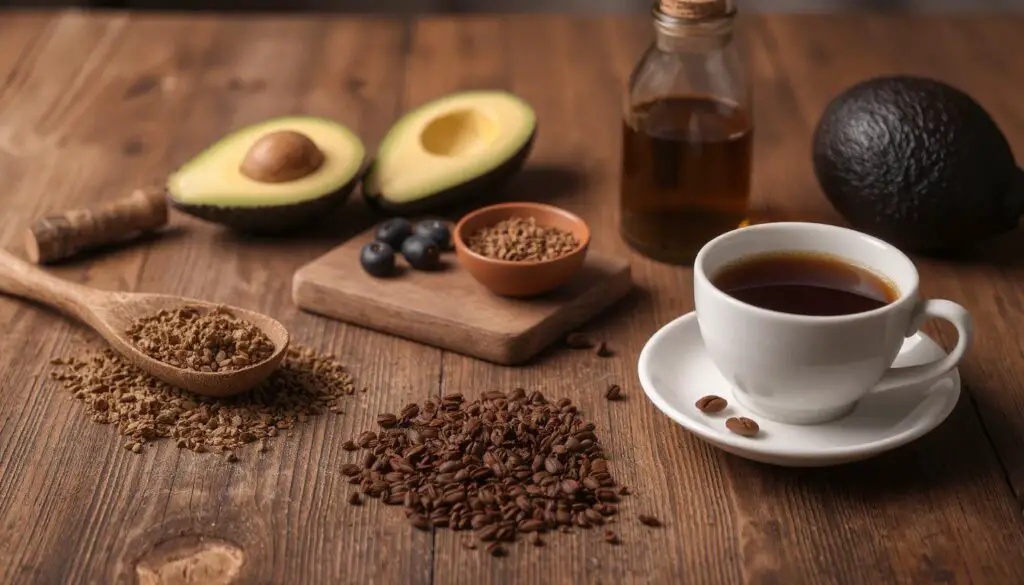The carnivore diet has gained significant attention in recent years for its radical approach to nutrition, focusing exclusively on animal products and eliminating all plant foods. However, a variation gaining traction called the “Dirty Carnivore Diet” offers a less restrictive approach.

This comprehensive guide explores what the Dirty Carnivore Diet entails, its potential benefits, risks, and practical implementation strategies.
What Is the Dirty Carnivore Diet?
The Dirty Carnivore Diet is a modified version of the strict carnivore diet that primarily focuses on animal foods but allows for some flexibility with select non-animal products. While the traditional carnivore diet permits only meat, fish, eggs, and certain dairy products, the “dirty” version creates room for limited plant-based foods or processed products that strict adherents would avoid.

Key Characteristics:
- Foundation of animal products: Meat, eggs, fish, and sometimes dairy remain the cornerstone of nutrition
- Limited plant inclusions: Small amounts of certain plant foods are permitted
- Occasional “cheat” foods: Some processed foods or restaurant meals may be included
- 80/20 approach: Typically follows a principle where 80% of intake is strict carnivore, while 20% allows flexibility
Common “Dirty” Inclusions
Most Dirty Carnivore practitioners include some of the following foods that would be forbidden on a strict carnivore protocol:

Plant-Based Inclusions:
- Coffee and tea
- Certain spices and seasonings
- Avocados
- Olives and olive oil
- Limited low-sugar fruits like berries
- Occasional vegetables, typically lower in antinutrients (like lettuce)

Other “Dirty” Elements:
- Alcohol (typically lower-carb options like spirits)
- Dark chocolate (higher cacao percentage)
- Restaurant meals without strict ingredient verification
- Processed meat products with minimal additives
Potential Benefits of the Dirty Carnivore Diet Approach
1. Improved Adherence and Sustainability
One of the most significant advantages of the Dirty Carnivore Diet over strict carnivore is the potential for better long-term adherence. The flexibility can make social situations more manageable and reduce feelings of restriction.
2. Nutritional Insurance
Including some plant foods can provide micronutrients that might be lower in a strict carnivore diet, such as certain antioxidants, vitamin C, and some phytonutrients.
3. Psychological Benefits
The less restrictive nature can reduce anxiety around food choices and the “all-or-nothing” mentality that derails many dietary approaches.
4. Digestive Adaptation
For those transitioning from a standard diet to carnivore, the Dirty Carnivore approach can serve as a stepping stone, allowing the digestive system to adapt to increased fat and protein consumption gradually.
5. Maintains Most Carnivore Benefits
Many practitioners report that they maintain most of the benefits associated with a strict carnivore, including:
- Simplified meal planning
- Reduced inflammation
- Stable energy levels
- Decreased cravings
- Better appetite regulation
Potential Drawbacks and Concerns
1. Diagnostic Clarity
One of the main reasons people try a strict carnivore diet is to identify food sensitivities. The inclusion of various plant foods can make it more difficult to pinpoint which foods might be causing reactions.
2. Slippery Slope Risk
Some practitioners find that allowing any non-carnivore foods can lead to progressively more lenient interpretations and eventual abandonment of the carnivore principles altogether.
3. Reduced Therapeutic Potential
For those using the carnivore diet to address specific autoimmune conditions or severe digestive issues, the Dirty Carnivore approach might not provide the same level of symptom relief.
4. Nutritional Considerations
Like any restrictive dietary pattern, the Dirty Carnivore Diet requires attention to nutritional adequacy:
- Potential insufficient fiber intake
- Concerns about long-term cardiovascular effects
- Higher saturated fat consumption
- Environmental and ethical considerations of high animal food consumption
Who Might Consider the Dirty Carnivore Diet?
This modified approach might be suitable for:
- People transitioning to a stricter carnivore diet
- Those who experienced benefits from carnivore but struggled with the restrictions
- Individuals seeking metabolic benefits of higher protein diets with moderate flexibility
- People who want to reduce plant antinutrients but aren’t ready for complete elimination
- Those who prioritize social flexibility while maintaining a primarily animal-based diet
Getting Started: Practical Implementation
Step 1: Establish Your Baseline
Begin by defining what your version of “Dirty Carnivore” will include. Common approaches include:
- Weekday/Weekend Split: Strict carnivore during the week, more flexibility on weekends
- 90/10 Rule: 90% carnivore foods, 10% non-carnivore inclusions
- Specific Allowances: Clearly defined “approved” non-carnivore foods (e.g., coffee, certain herbs, specific vegetables)
Step 2: Focus on Quality Animal Foods
The foundation of any carnivore approach should be high-quality animal products:
- Grass-fed and finished beef when possible
- Pasture-raised eggs
- Wild-caught seafood
- Organ meats for micronutrient density
Step 3: Track Response to Non-Carnivore Inclusions
Pay careful attention to how your body responds to non-carnivorous foods:
- Keep a food journal, noting energy, digestion, skin, sleep, and mood
- Introduce non-carnivore foods one at a time to better identify reactions
- Consider timing non-carnivore foods around workouts when insulin sensitivity is higher
Step 4: Create Clear Boundaries
To prevent the “slippery slope” effect, establish clear guidelines:
- Determine specific occasions when non-carnivore foods are permitted
- Set quantity limits for non-carnivore inclusions
- Create rules for restaurant dining and social situations
Sample Dirty Carnivore Meal Plan
Breakfast:
- Eggs and bacon
- Black coffee (non-carnivore inclusion)
Lunch:
- Ribeye steak
- Small side salad with olive oil (non-carnivore inclusion)
Dinner:
- Ground beef patties with salt and select seasonings (non-carnivore inclusion)
- Scrambled eggs with cheese
Snacks:
- Beef jerky
- Pork rinds
- Occasionally: berries with heavy cream (non-carnivore inclusion)
Common Questions About the Dirty Carnivore Diet
Is it still effective for weight loss?
Many practitioners report continued weight management benefits with the Dirty Carnivore approach, provided the non-carnivore inclusions don’t significantly increase carbohydrate or calorie intake.
Can I drink alcohol on this diet?
While a strict carnivore eliminates alcohol, the Dirty Carnivore approach might permit occasional lower-carb alcoholic beverages. However, alcohol can impact appetite regulation and metabolic health.
How do I handle social situations?
The flexibility of Dirty Carnivore makes social dining easier—you can focus on the meat options while allowing yourself occasional deviations without guilt.
Is this a long-term sustainable diet?
Individual sustainability varies widely. Some find the balanced approach of Dirty Carnivore more maintainable than the strict carnivore, while others prefer the clearer boundaries of all-or-nothing approaches.
Conclusion: Finding Your Balance
The Dirty Carnivore Diet represents a middle-ground approach that acknowledges both the potential benefits of animal-based nutrition and the practical realities of modern life. By maintaining a foundation of nutrient-dense animal foods while allowing strategic flexibility, many practitioners find a sustainable path that works for their bodies and lifestyles.
As with any dietary approach, individual results vary significantly. It’s advisable to consult with healthcare providers, particularly if you have existing health conditions. The ideal diet is ultimately the one that supports your health goals while fitting into your life in a sustainable
